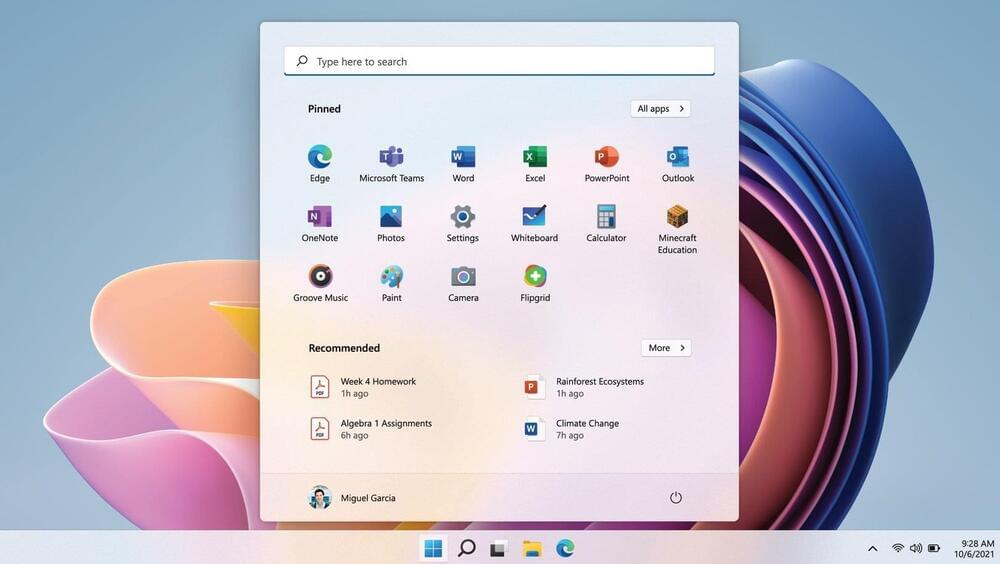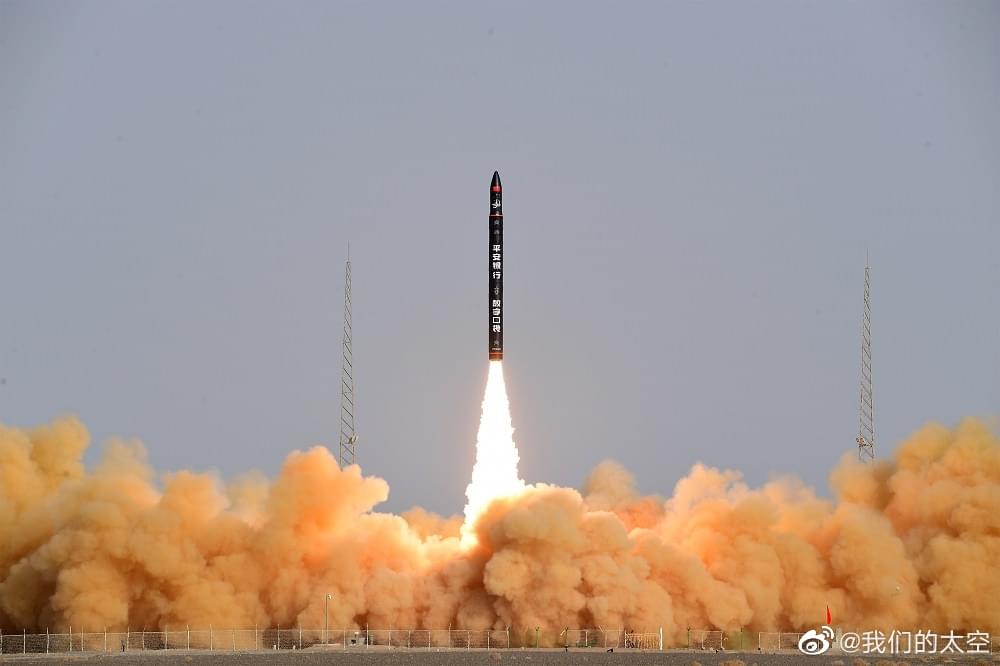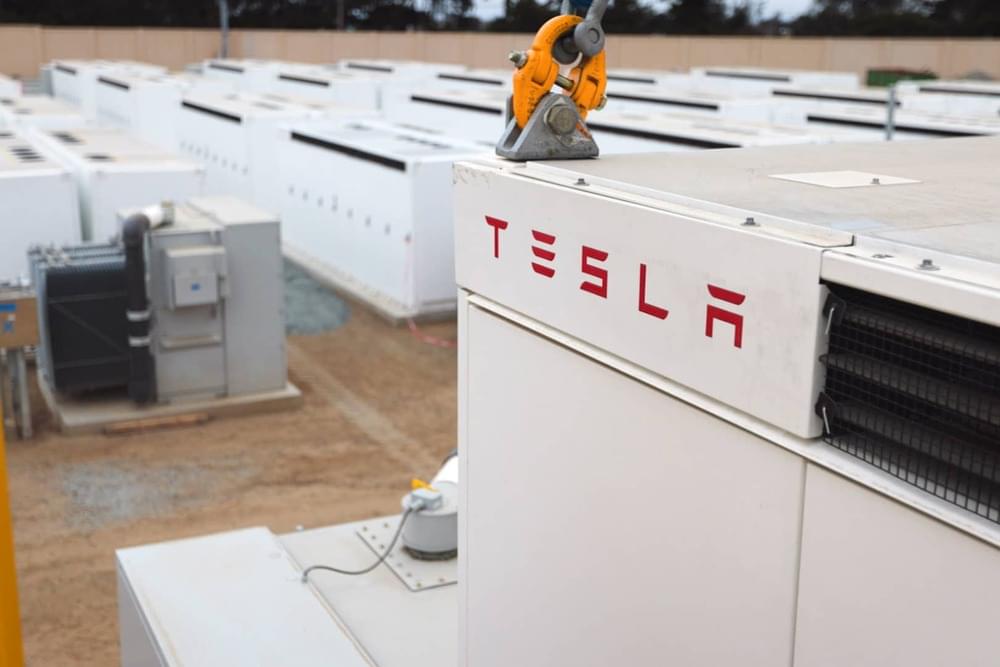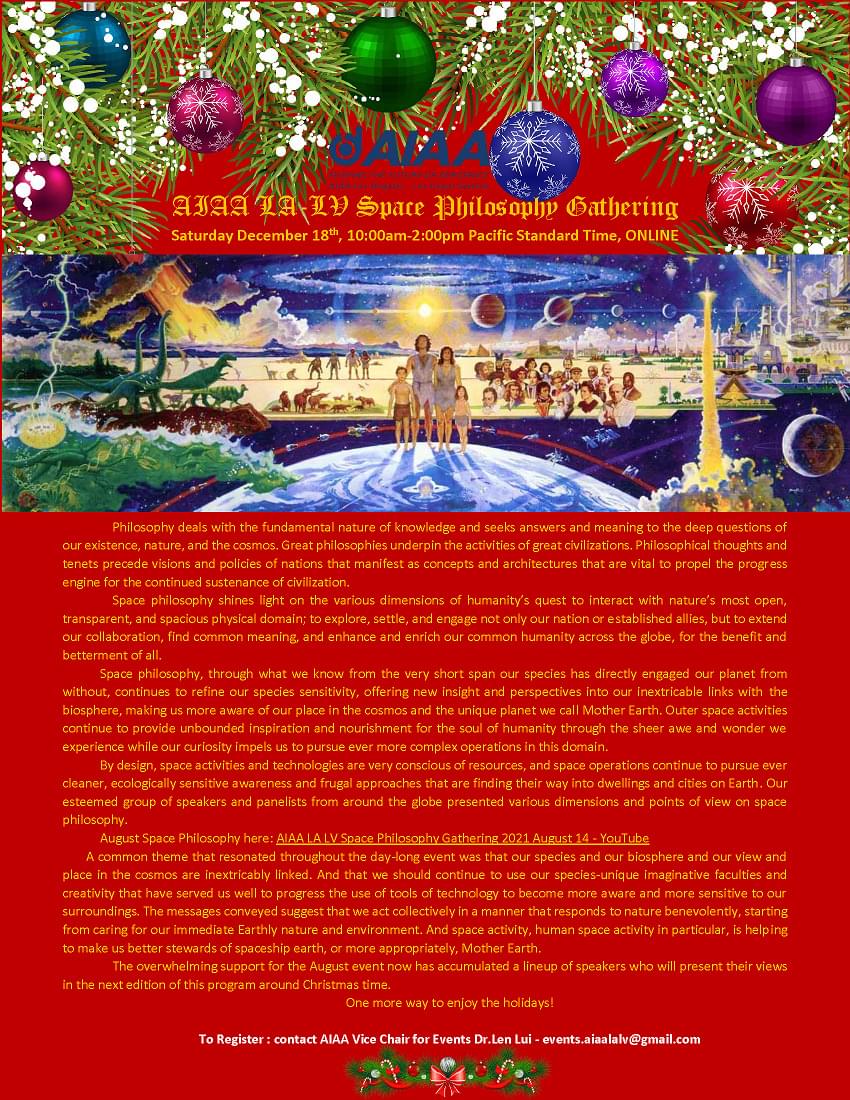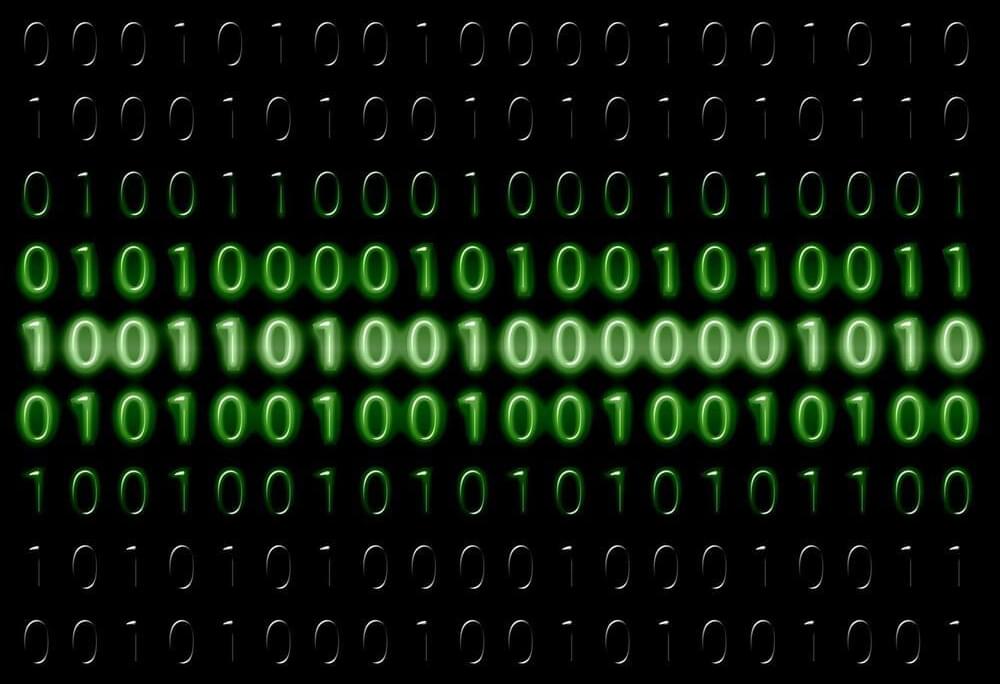Summary: A newly developed self-assessment test of cognitive function can help detect early signs of dementia sooner than commonly used office-based cognitive tests.
Source: Ohio State University.
Many people experience forgetfulness as they age, but it’s often difficult to tell if these memory issues are a normal part of aging or a sign of something more serious. A new study finds that a simple, self-administered test developed by researchers at The Ohio State University Wexner Medical Center, College of Medicine and College of Public Health can identify the early, subtle signs of dementia sooner than the most commonly used office-based standard cognitive test.


